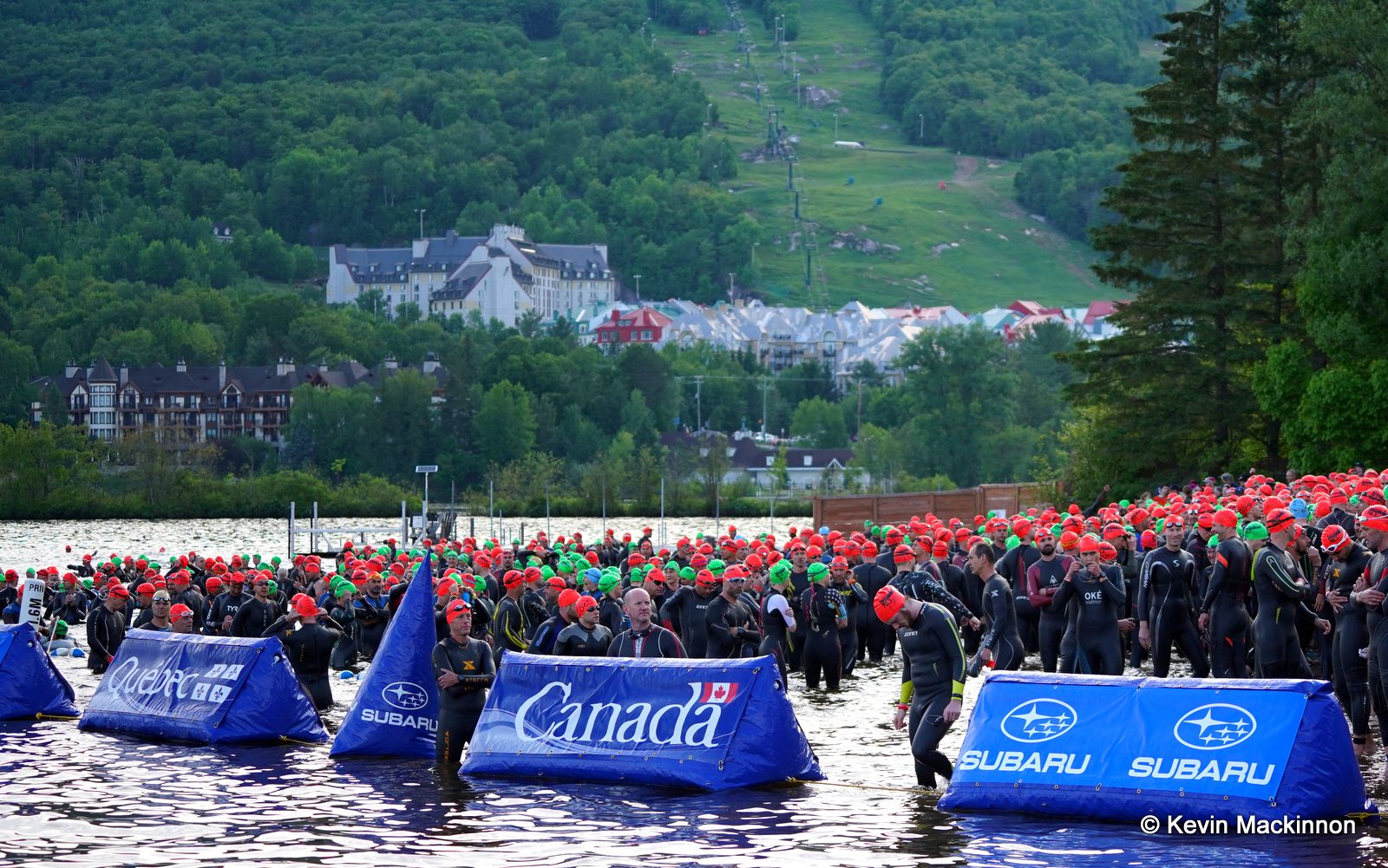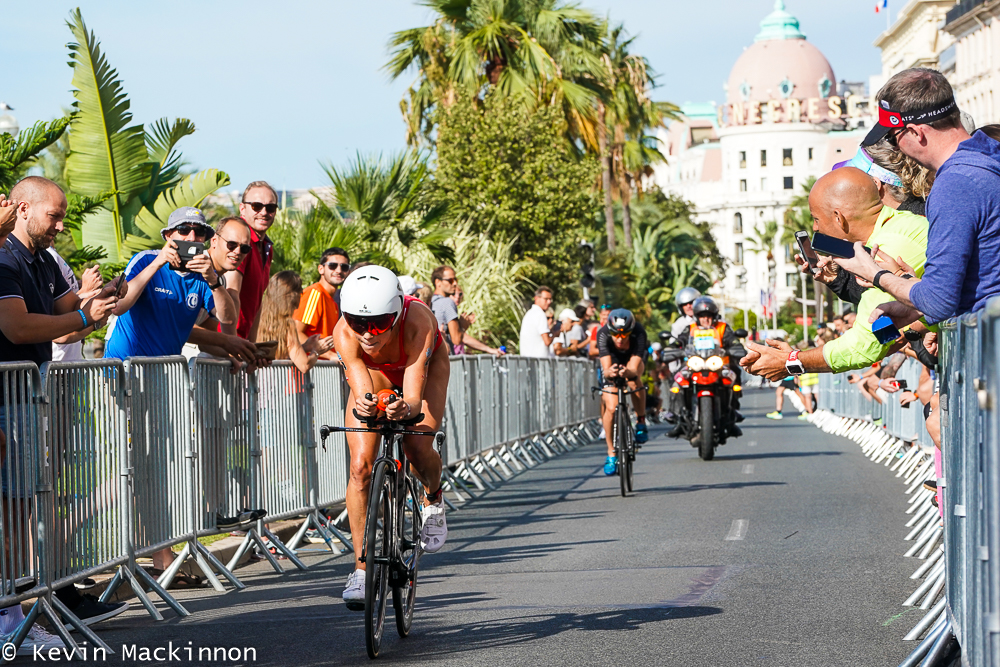Going long – five keys to move up from Olympic to half-Ironman racing
Tips on adapting your standard-distance training for a longer race
 Photo by:
Kevin Mackinnon
Photo by:
Kevin Mackinnon
Despite the fact that it’s well over twice the distance, preparing for a half-distance triathlon actually requires similar training to an Olympic distance race program. If your present Olympic distance training plan is effective, you won’t have to make drastic changes. A lot of the training for Olympic distance triathlon works for the half distance. The key areas to focus on are proper pacing, consistent nutrition and comfort on the bike. Here are some ideas to help adapt your present Olympic distance training program for a half:
Don’t change everything at once
Initially, make subtle changes to your program. Incrementally increase the distance of your long rides and runs. Start with a 10 per cent increase in either time or distance, then build in two week cycles. You will need to build your overall aerobic fitness to handle a longer event, so you need some longer sessions in your program.
Add volume through swimming. Swimming is a great way to build more aerobic fitness without risking injury. Your body must adapt to any change in your training program over time.
Related: How to train for your first half-Ironman

Train at your race pace
You should be very confident that you know what pace you are able to maintain. To do this you need to train at the pace you plan to race repeatedly. Replace some of the speed workouts you did with specific pace workouts for your half Ironman.
Use a power meter on the bike and a GPS watch while running to get familiar with what your pace is going to be. By race day you should no longer need them to settle into that pace. Familiarize yourself with what pace will be too hard to maintain – you need to be able to push your limits, but stay within them.
Bigger workouts require longer recovery
Jumping up in distance will require longer workouts that require more time to recover. One common mistake when moving up in distance is trying to schedule too much training every week. If you are adding volume, or longer bouts of intensity, you need to adjust your recovery time to match the level of fatigue you create from those workouts.
Training at half-Ironman pace is challenging. Half-distance paced workouts replace a speed or tempo workout that you currently do for Olympic distance training and can also replace your long ride or run. Balancing the volume and intensity for this type of training is challenging and requires more recovery.
You may find you need three days to recover from 40 minutes of tempo running, whereas you recovered in just two days after a 20-minute tempo workout. Spacing your quality workouts further apart will be one of the biggest changes to your half distance training plan. You may consider adopting a ten-day microcycle in your training, rather than scheduling things over seven days, in order to adequately recover between workouts.
Related: 5 reasons to do a half-Ironman
Practice Nutrition
Fuelling for the half distance is critically important as the race duration can deplete your energy stores if you do not take in calories. Teach yourself to fuel while racing, while also training your body to absorb calories during multiple practice sessions.
Planning multiple practice sessions with a race nutrition plan will train your body to process calories at race pace. These sessions will help you determine whether you have the right nutrition products on race day, too. Plan workouts as a dress rehearsal for race day. Start with your pre-race meal the night before, eat your pre-race breakfast the morning of and use your planned race day nutrition during the workout. The more detail you put into your preparation, the fewer surprises you will encounter. Your body can act sluggish at 4 am, so the breakfast you can tolerate early in the morning may be different than what you eat later on. These tiny details can make or break your race day success.

Train in your race position
Often athletes don’t train in the bike position they plan for their race. If you are going to race on a time trial bike, get professionally fitted for that bike before you start your training. Once you have your position dialed in, spend as much time as possible riding in the aero position before your race. All your hard intervals should be in the aero position. Be careful to choose a position that is actually sustainable for your flexibility and strength. It takes years to adapt your body to ride in a low and compact position, so don’t start out too low. If you are too low for your flexibility, you will not generate power and you will end up riding slower in the race. A comfortable, sustainable position will always be faster.
The changes you make to adapt your training for the half distance will address a longer day on the course. A longer race demands proper pacing, consistent nutrition and good biomechanics to keep pushing hard start to finish. These three factors should inform your decisions on how adapt your Olympic distance training program to have a great first half distance race.
Melanie McQuaid is a multiple Ironman 70.3 champion and three-time Xterra world champion. Find out more about her coaching at melrad.com
